 Back to blog
Back to blog
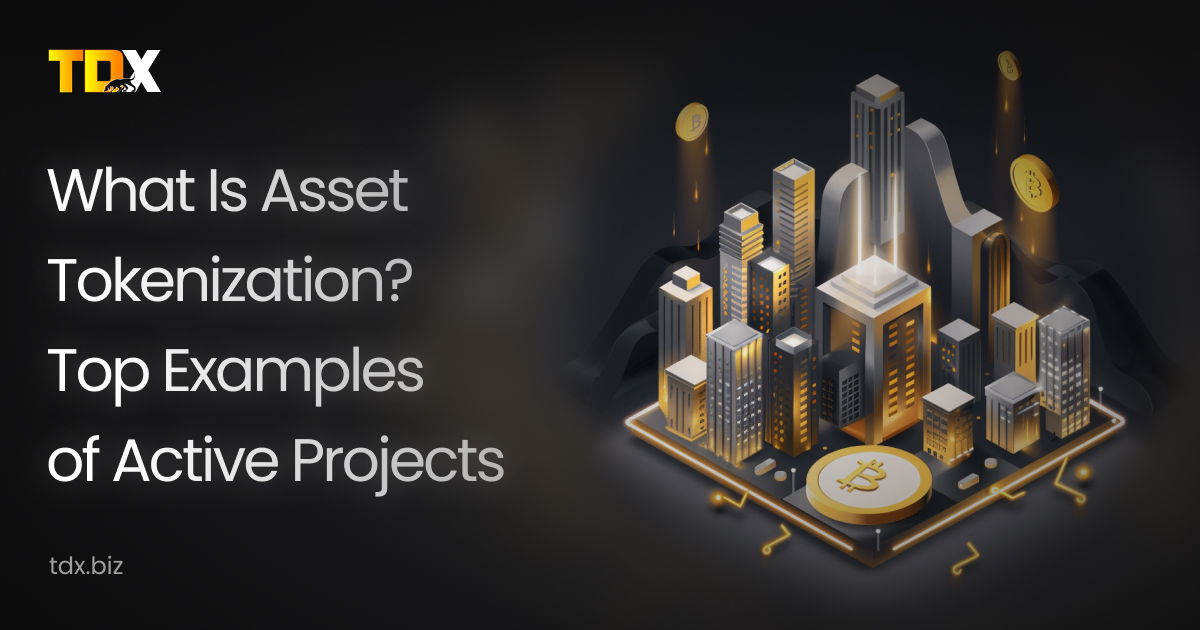

What Is Asset Tokenization? Top Examples of Active Projects
Asset tokenization is revolutionizing the financial sector by transforming physical and intangible assets into digital tokens on a blockchain. This process enhances liquidity, efficiency, and accessibility, offering new opportunities for investors and businesses.
This article will explore the fundamentals of asset tokenization, its benefits, and its impact on traditional asset management. We will also highlight the top ten active projects at the forefront of this innovation, demonstrating how they are reshaping asset ownership and investment practices.
For a deeper dive into the current landscape and emerging trends in real-world asset tokenization, be sure to check out TDX’s State of RWAs 2024 research paper. Read on to find out more!
What Is Asset Tokenization?
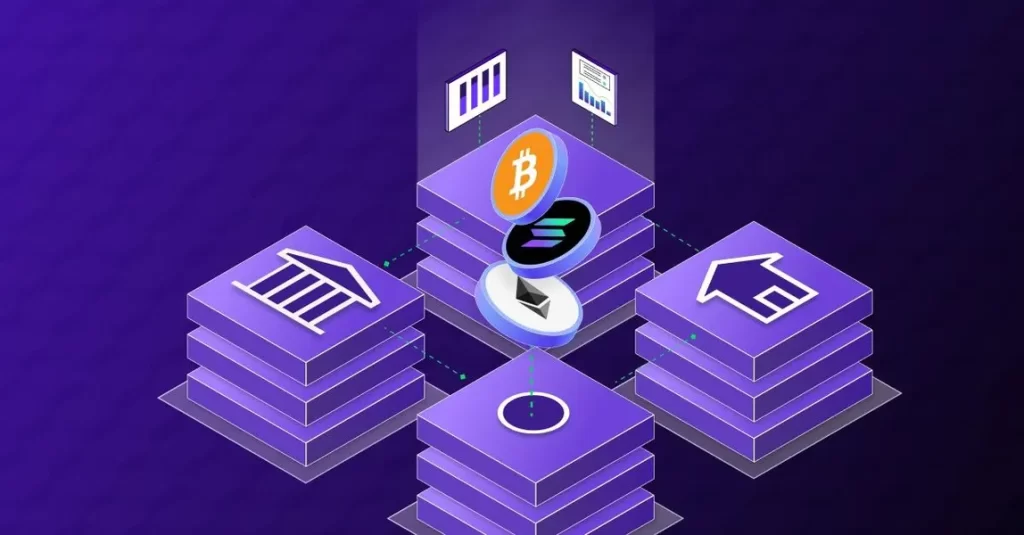
Source: Freepik
In simple terms, it is the process of converting real-world assets into a digital form: tokens. These tokens are securely managed through a blockchain and each token on the blockchain represents a share, or part, of the asset, therefore allowing fractional ownership. This makes high-value assets such as real estate, paintings, and more affordable and available for a broader range of investors.
Timeline of Asset Tokenization Development
1990 – Creation of Exchange Traded Funds (ETFs) and REITs to enable the centralized transfer of fractional ownership of real assets.
1994 – Computer scientist Nick Szabo coined the term “smart contract” to describe a computerized protocol that automatically executes the terms of a contract.
2009 – Bitcoin enables parties to make transactions without the need for an intermediary.
2014 – The creation of Tether introduces the first US dollar-backed stablecoin, offering a digital asset pegged to the value of a fiat currency.
2015 – Ethereum introduces smart contracts, which enables dApps to go beyond simple asset transfers.
2018 – ERC-1400 pioneers regulatory-compliant securitization by providing standardized methods for issuing, transferring, and managing security tokens.
2018 – The SEC coins the term “Security Token Offering” for tokenized IPOs and plays a major role in regulating it.
2021 – Institutions seek regulatory-compliant solutions, steering them towards the tokenization of RWAs.
2023 – The emergence of various RWA protocols to set the stage for $16 trillion in tokenization.
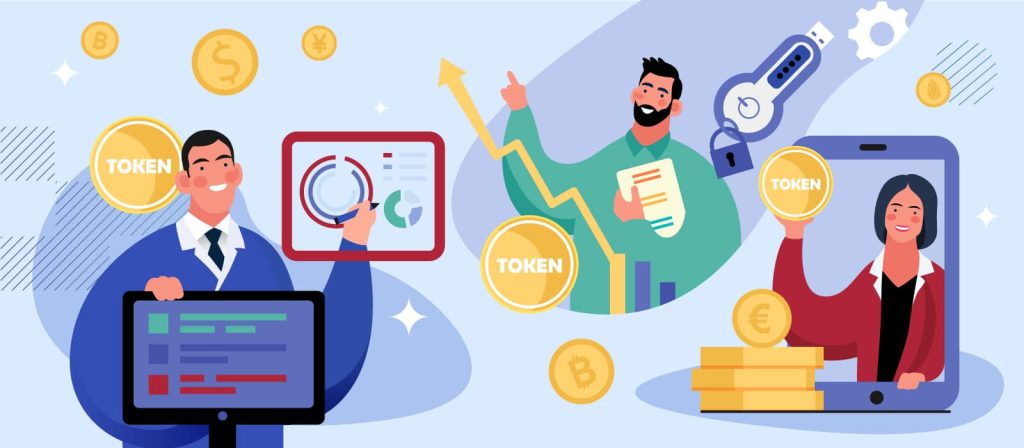
Source: Freepik
How Does Asset Tokenization Work?
Asset tokenization involves converting real-world assets into digital tokens using blockchain technology. This process begins with an asset issuer, such as a property owner or financial institution, identifying the underlying asset to be tokenized. These assets can range from tangible assets like real estate and art to intangible assets like intellectual property.
Once the real-world asset is identified, it is represented on the blockchain as digital tokens. These tokens embody ownership of the underlying asset and can be divided into smaller fractions, enabling fractional ownership. This fractionalization increases liquidity by making traditionally illiquid assets more accessible and tradable.
Blockchain technology plays a crucial role in this process. It ensures the security, transparency, and immutability of transactions involving tokenized assets. Smart contracts are employed to automate the enforcement of terms and conditions related to the ownership and transfer of these digital tokens. For instance, if a token represents a share in a piece of real estate, smart contracts can automatically distribute rental income to token holders.
By transforming traditional assets into digital assets, asset tokenization opens up new investment opportunities. Investors can diversify their portfolios with tokenized real-world assets (RWAs), gaining access to markets that were previously out of reach. This democratization of investment aligns with the broader trend of decentralized finance (DeFi) and challenges the conventions of traditional finance.
With that in mind, we can say that asset tokenization leverages blockchain technology to convert real-world assets into digital tokens, enhancing liquidity and broadening the scope of investment opportunities. As more asset issuers and investors embrace this innovation, the global investment landscape is set for a transformative shift.
Pros and Cons of Asset Tokenization of Real-World
Pros
Increased Liquidity
One of the most significant advantages of tokenizing real-world assets is increased liquidity. Traditionally illiquid assets, such as real estate or art, can be divided into smaller tokens, making them easier to trade and access within capital markets. This fractional ownership model enables a wider range of investors to participate, enhancing overall market fluidity.
Accessibility for Retail Investors
Asset tokenization democratizes investment opportunities by allowing retail investors to own fractions of high-value real-world assets. This broadens the investor base and provides more individuals the opportunity to diversify their portfolios with traditionally illiquid asset classes that were previously out of reach.
Enhanced Transparency and Security
Blockchain technology underpins tokenized underlying assets, ensuring that all transactions are transparent, immutable, and secure. Smart contracts automate the execution of terms and conditions, reducing the risk of fraud and errors, and increasing trust among investors.
Efficiency in Financial Markets
By eliminating intermediaries and automating processes, asset tokenization reduces transaction costs and speeds up settlement times. This leads to greater efficiency in financial markets and can potentially lower the barriers to entry for various participants.
Global Reach and Inclusion
Tokenized real-world assets can be traded globally, providing access to a broader pool of investors and capital. This global economy integration helps diversify the investor base and spreads economic opportunities more evenly across regions.
Cons
Regulatory Uncertainty
The regulatory landscape for asset tokenization is still evolving. Different jurisdictions have varying laws and standards, which can create compliance challenges for asset managers and issuers of tokenized assets. This uncertainty might hinder widespread adoption in the short term.
Technology Risks
While blockchain technology offers enhanced security, it is not immune to risks. Issues such as smart contract vulnerabilities, hacking, and technical glitches can pose significant threats to the integrity of tokenized assets.
Market Volatility
The nascent stage of decentralized finance (DeFi) markets can lead to high volatility in token prices. This volatility can be a double-edged sword, providing both opportunities and risks for investors, especially those unfamiliar with digital assets.
Legal and Ownership Challenges
Establishing clear legal ownership of tokenized real-world assets can be complex. There may be difficulties in enforcing property rights and resolving disputes, particularly when multiple jurisdictions are involved.
Investor Education
The concept of asset tokenization is relatively new and may require significant educational efforts to help investors understand its benefits and risks. Without adequate knowledge, investors might be hesitant to engage with this innovative asset class.

Source: Freepik
Real-World Asset Tokenization Use Cases
Asset tokenization has a wide range of applications across various industries, transforming how real-world assets are managed, traded, and perceived. Here are some prominent use cases:
Real Estate as Tokenized Real-World Assets
Real-world asset tokenization is revolutionizing the real estate industry by converting properties into digital tokens that represent fractional ownership. It enables potential investors to buy and sell shares in properties, enhancing liquidity and access. Tokenized real estate assets can streamline complex processes such as property management, rental income distribution, and transactions, making them more efficient and transparent.
Art and Collectibles: Traditionally Illiquid Assets
Art and collectibles have traditionally been illiquid and pretty tough to trade. Through asset tokenization, high-value items like paintings, sculptures, and rare collectibles can be divided into tokenized assets. It democratizes ownership and provides art enthusiasts and investors the opportunity to own fractions of valuable pieces, while also ensuring provenance and authenticity through blockchain records.
Sustainable Investments
Tokenized assets are also making significant strides in the realm of sustainable investments, particularly with carbon credits. Real-world asset tokenization allows for the creation of digital tokens representing carbon credits, which can be traded on decentralized finance (DeFi) platforms. This not only promotes transparency in carbon offsetting but also facilitates easier tracking and trading of these credits, thereby supporting global sustainability goals.
Financial Instruments
Traditional markets can greatly benefit from the tokenization of financial instruments such as bonds, stocks, and mutual funds. Security tokens can represent shares or debt, enabling faster, more secure transactions. By leveraging blockchain technology, these tokenized assets reduce the need for intermediaries, lower transaction costs, and make it easier for investors to diversify their portfolios.
Commodities
Tokenizing commodities such as gold, oil, agricultural products, and etc. can enhance the efficiency and transparency of commodity trading. Tokenized commodities can be traded on digital platforms, providing real-time updates and reducing the risks associated with traditional trading methods. This also opens up commodity investment opportunities to a broader range of investors who may not have had access previously.
Intellectual Property
Real-world asset tokenization extends to intellectual property, allowing creators to tokenize patents, trademarks, and copyrights. These tokenized assets can then be sold or licensed on decentralized platforms, ensuring that creators receive fair compensation while maintaining control over their work.
Infrastructure and Development Projects
Infrastructure projects, such as roads, bridges, and renewable energy installations, often require substantial capital and involve complex processes. Tokenizing these projects allows for fractional ownership, enabling a larger pool of potential investors to participate. It can accelerate funding and development, ensuring that critical infrastructure projects are completed efficiently.
Risks and Challenges of Asset Tokenization
Asset tokenization for sure offers numerous advantages, but it also presents several risks and challenges that stakeholders must carefully consider. Check them out!
Regulatory Uncertainty
One of the most significant hurdles for real-world asset tokenization is the lack of a clear regulatory framework. Different jurisdictions have varying regulations regarding the issuance, trading, and ownership of tokenized assets. This complexity can create compliance challenges for asset issuers and hinder the broader adoption of tokenization in traditional markets. Navigating these uncertainties requires close collaboration with regulatory bodies to ensure legal alignment.
Technological Risks
Despite the robust security features of blockchain technology, it is not immune to vulnerabilities. Smart contracts, which automate processes within tokenized assets, can contain bugs or be exploited by malicious actors. Additionally, the security of digital wallets used to store tokens remains a concern. Ensuring the integrity and security of the underlying technology is crucial to gaining investor trust and maintaining the stability of tokenized ecosystems.
Market Volatility
The decentralized finance (DeFi) market, where many tokenized assets are traded, is known for its high volatility. This can lead to significant price fluctuations and pose risks to investors, especially those unfamiliar with the dynamics of digital assets. Managing and mitigating these risks requires comprehensive investor education and robust risk management strategies.
Legal and Ownership Issues
Establishing clear legal ownership of tokenized real-world assets can be challenging. Disputes over ownership rights, especially across multiple jurisdictions, can complicate the enforcement of property rights. Additionally, the legal framework for fractional ownership of physical assets is still evolving, which may result in unforeseen legal challenges.
Limited Market Acceptance
Traditional financial institutions and some potential investors may be hesitant to adopt tokenized assets due to unfamiliarity or skepticism about their value and security. This limited market acceptance can slow down the growth of tokenization and its integration into mainstream financial markets. Overcoming this challenge requires ongoing efforts to educate stakeholders and demonstrate the tangible benefits of asset tokenization.
Liquidity Concerns
While one of the primary benefits of tokenization is increased liquidity, this is not guaranteed. The liquidity of tokenized assets depends on the presence of active secondary markets and sufficient trading volume. In the absence of these factors, tokenized assets might struggle to achieve the desired level of liquidity, potentially limiting their appeal to investors.
Integration with Traditional Systems
Integrating tokenized assets with existing financial infrastructure can be complex. Ensuring seamless interoperability between blockchain-based systems and traditional financial platforms requires significant technical and operational adjustments. This integration challenge must be addressed to fully realize the benefits of asset tokenization.
Overview of the Current State of RWA
The tokenized asset space has a steady growth which is evidenced by these recent statistics:
The number of tokenized asset holders has grown at a compound annual growth rate (CAGR) of 34%, reaching approximately 59 Mn of which 99% own stablecoins. The market capitalization of tokenized treasuries has increased by ~170%, reaching $1.65 Bn as of July 2024.
Leading Protocols
Ondo Finance
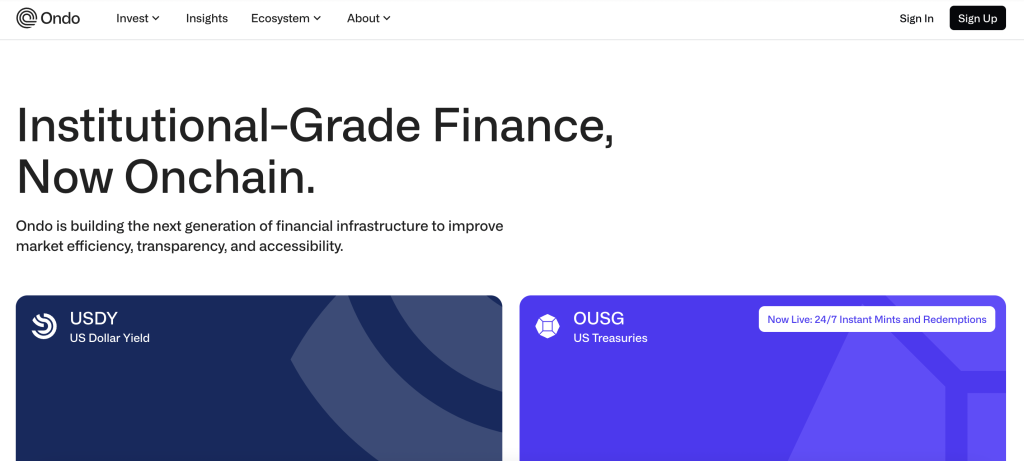
Ondo Finance focuses on bringing institutional-grade financial products on-chain. Key products of Ondo include fixed yield loans backed by crypto assets via the Flux Finance protocol, tokenized US dollar-denominated real-world assets (OUSG, USDY, OMMF), and a token bridge for cross-chain asset movement. Their tokenized products allow 24/7 trading of traditional regulated assets on the blockchain without needing a broker. In Q2 2024, Ondo’s TVL surged by ~145% to approximately ~$547.65 Mn, majorly driven by the popularity of USDY and OUSG.
InvoiceMate
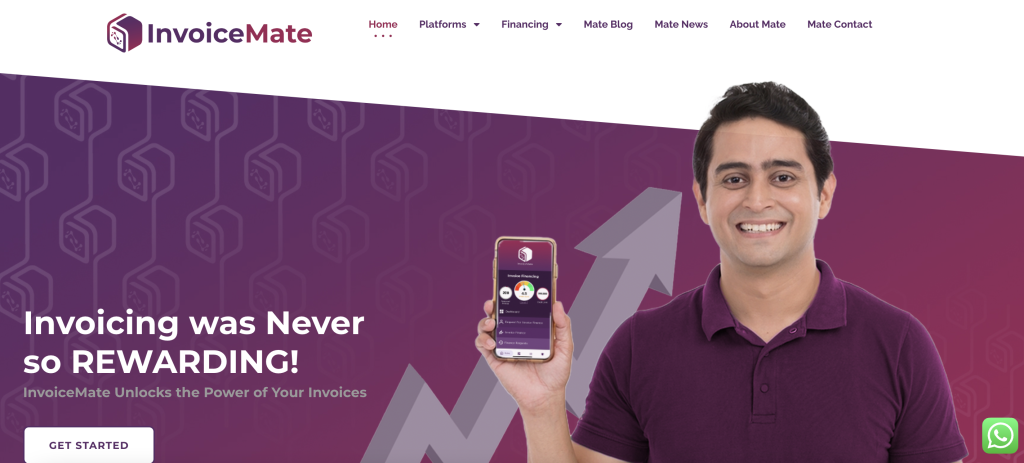
InvoiceMate is the first MENA-based decentralized marketplace for RWAs. It tokenizes invoices to offer stable yields and support SME growth. They have tokenized over $220 Mn in invoices and have seen a significant 188% QoQ growth in loans financed, reaching $10.2 Mn as of June 2024. Their ecosystem includes 7 institutional lending partners with $2.5 Bn AUM and access to over 53,000 SMEs.
Zoth
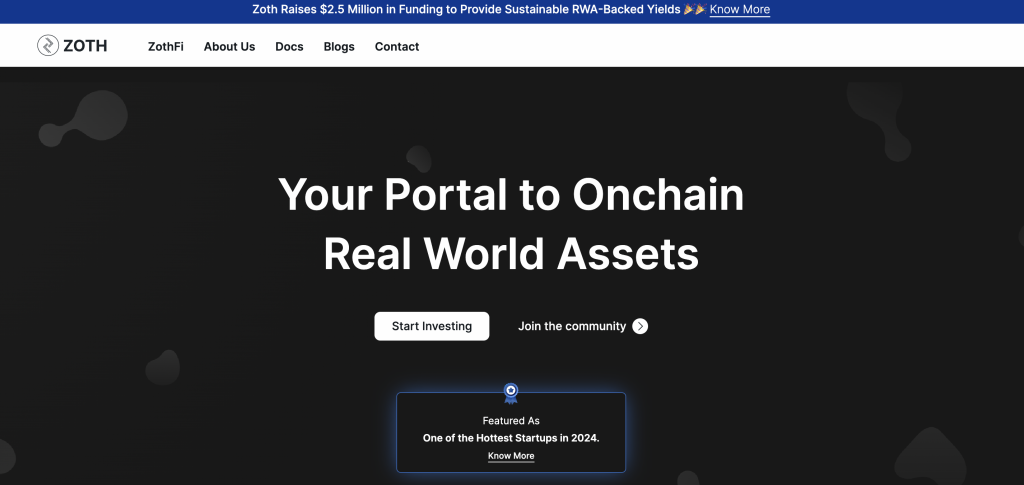
Zoth offers permissioned RWAs and permissionless DeFi fixed-yield products on-chain, focusing on emerging-market trade finance solutions. Since launching six months ago, Zoth has originated $75 Mn in credit, deployed $11 Mn, and built a $200 Mn pipeline. They have onboarded over 1 Mn unique wallets with their Zoth ATLAS incentivized testnet.
Goldfinch Finance
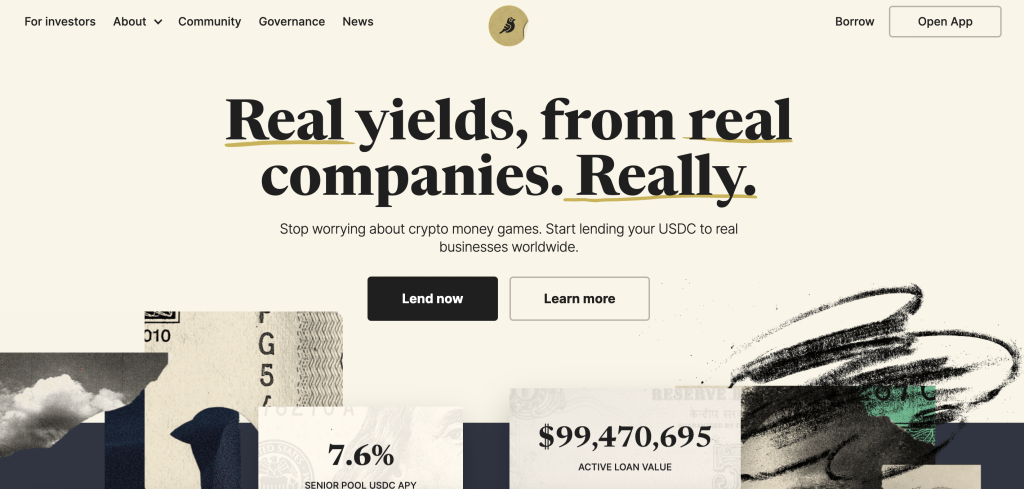
Goldfinch is a decentralized lending protocol that enables crypto borrowing in emerging markets without requiring collateral, relying on “trust through consensus.” The platform has facilitated loans worth $114 Mn across 28 countries and collected ~$3.1 Mn in fees. Some of the notable borrowers include PayJoy in Mexico and QuickCheck in Nigeria.
Propy
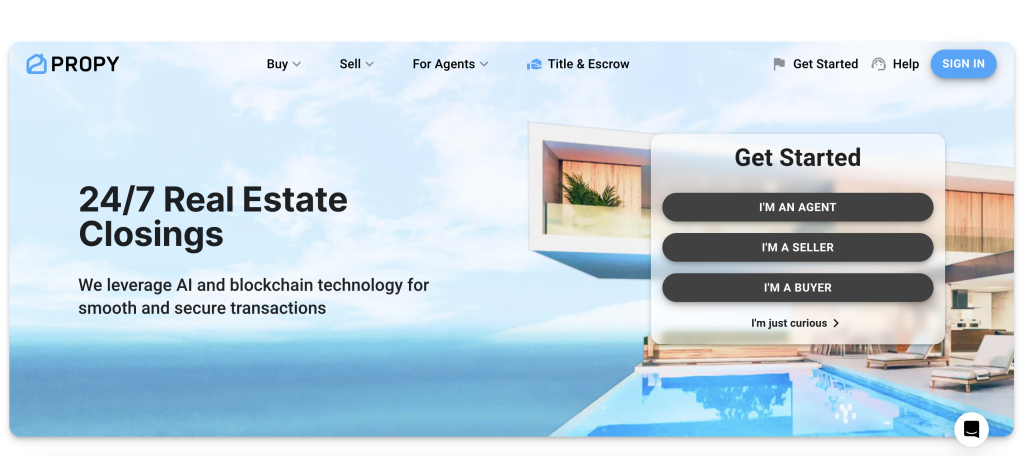
Propy is a blockchain-based real estate marketplace and decentralized title registry using smart contracts for property transactions. It allows users to search, negotiate, execute contracts, and transfer ownership securely. Propy has recently seen a surge in activity, with 230,500 PropyKeys minted, and has facilitated transactions such as Grant Cardone’s $42 Mn property listed in Bitcoin.
Binaryx
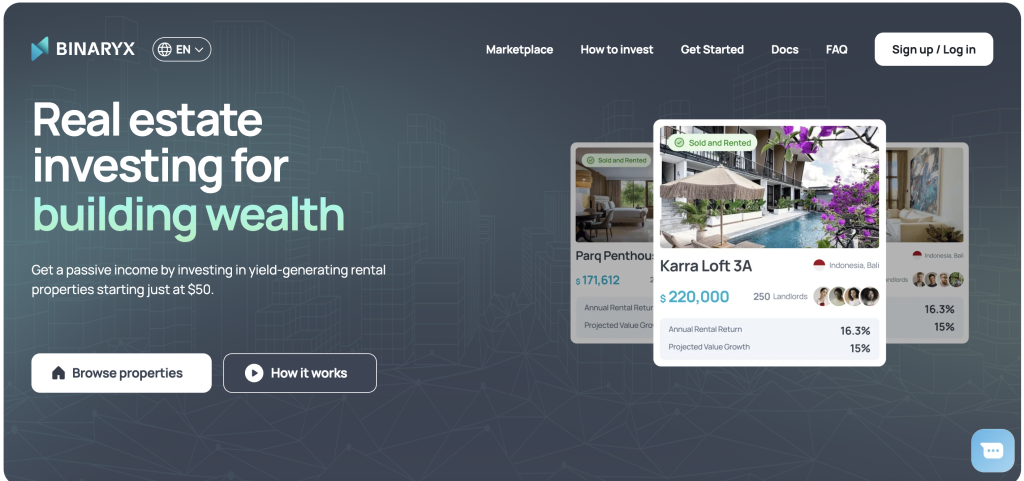
Binaryx is an infrastructure and oracle provider for RWAs, offering compliant trading and investing opportunities with direct RWA ownership. As a DAO LLC in Wyoming, Binaryx operates a marketplace for tokenizing real estate and plans to expand into under-construction properties, RWA-based derivatives, and real estate loans. They have a $12.2 Mn tokenization pipeline and have tokenized properties worth $1 million to date.
Conclusion
Asset tokenization transforms the financial world by converting real-world assets into digital tokens, enhancing liquidity, transparency, and accessibility. Despite challenges like regulatory uncertainties and technological risks, projects like tZERO, Polymath, and MakerDAO showcase the vast potential of this technology.
As tokenization gains traction, it promises a more inclusive and efficient financial system. Addressing the associated challenges will be key to unlocking new economic opportunities and reshaping traditional markets.
40,000 readers 🚀 are getting insights with our media
 Read on Medium
Read on Medium 
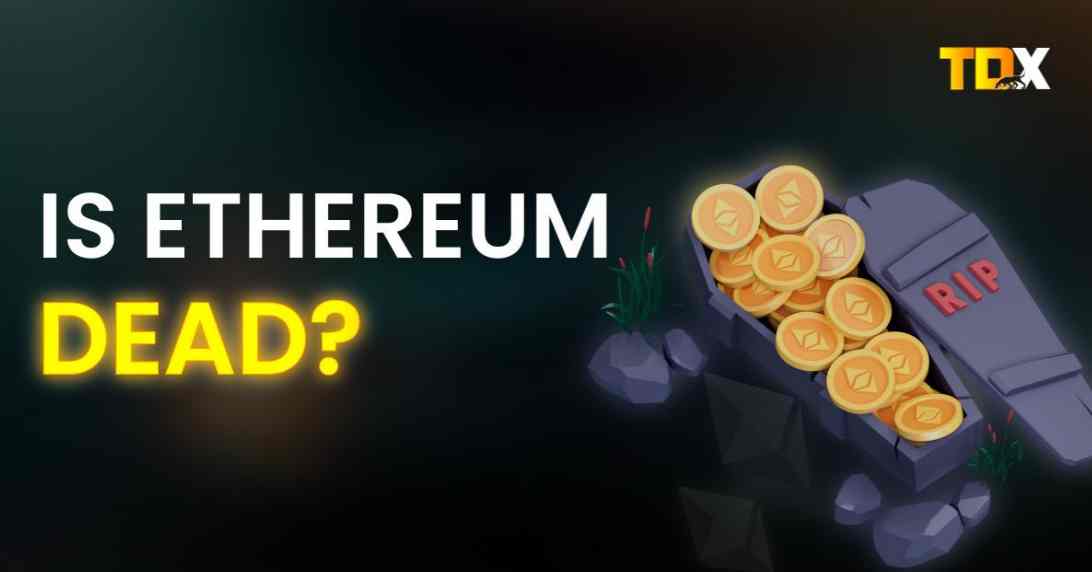
Article
“Is Ethereum dead?” This is a trending argument that is appearing in various crypto communities and media. Which is not…

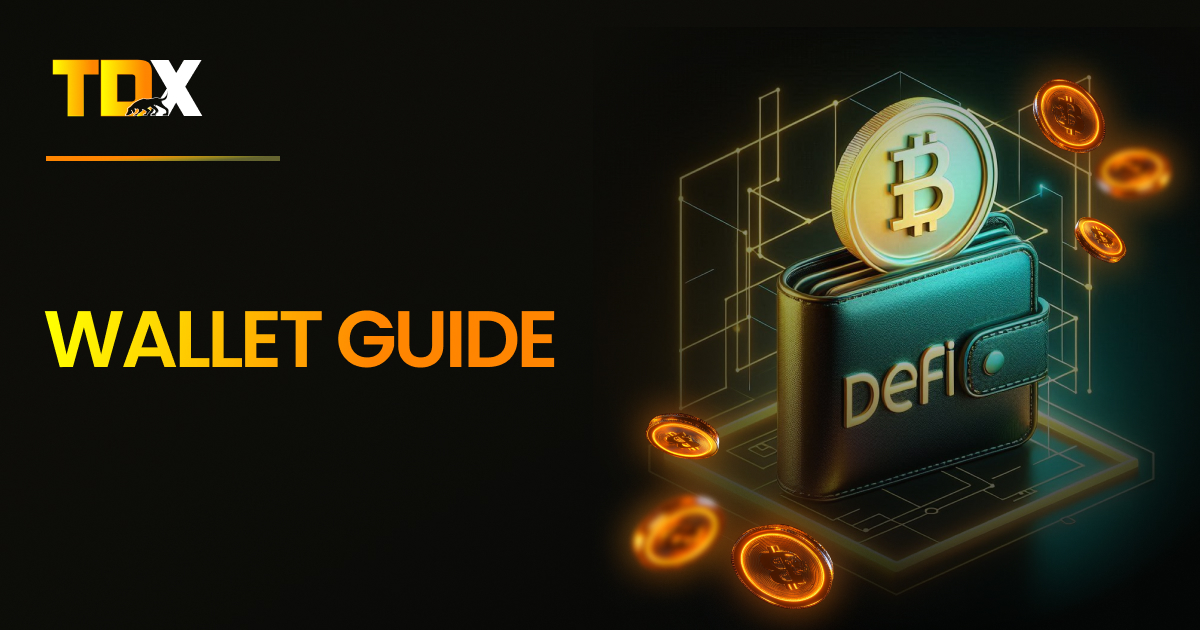
Guide
Welcome to the beginner’s guide on Trust Wallet, MetaMask, and Exodus—three most common cryptocurrency wallets for managing your crypto assets….

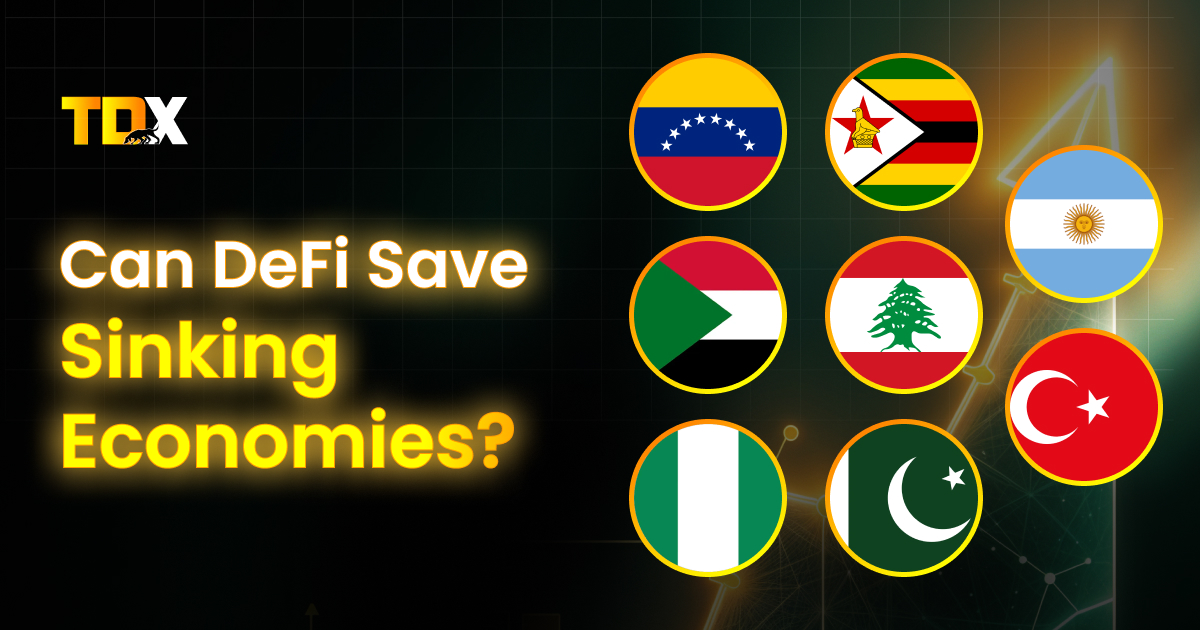
Article
When Venezuela’s inflation hit 189.8% in 2023 [Central Bank of Venezuela, 2023], Maria’s life savings of 200 million bolivars (enough…


Article
For generations, Indians have trusted one investment: fixed deposits (FDs). If you walk into any Indian household, chances are someone…


